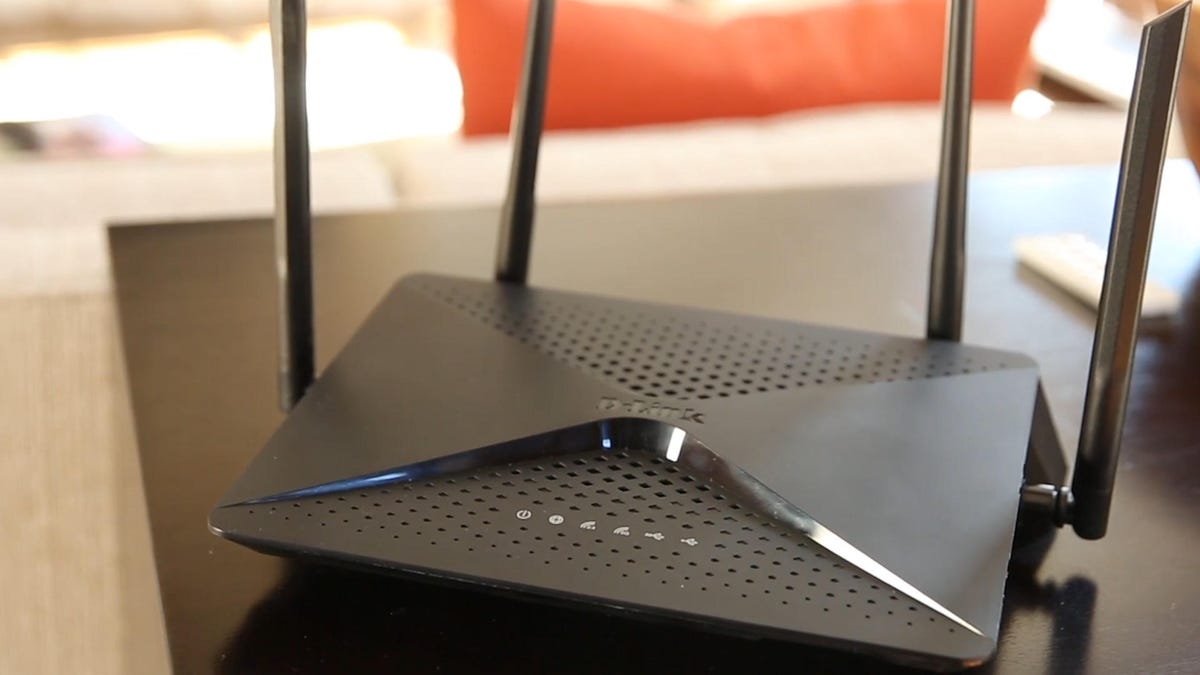Here come Wi-Fi 4, 5 and 6 in plan to simplify 802.11 networking names
The Wi-Fi Alliance wants to make wireless networks easier to understand and recognize.

Wi-Fi lives here.
Quick quiz: Which is better, 802.11n or 802.11ac?
The answer, if you're familiar with Wi-Fi standards coming from the Institute of Electrical and Electronics Engineers, is 802.11ac -- and by the way, the upcoming 802.11ax is better than both.
But in an effort to make the wireless networking terms more useful and less like alphanumeric gibberish, the Wi-Fi Alliance trade group has some new names it wants for those technologies: Wi-Fi 4, Wi-Fi 5 and Wi-Fi 6.
The idea is to be clearer about what's better and what your phone or home router can handle without sounding as much like an electronic engineer. Not that there's anything wrong with electronic engineers, but even techies can have a hard time remembering that IEEE 802.11 means wireless networks, IEEE 1394 governs FireWire data connections, and IEEE 802.3 is about Ethernet network connections.
The underlying Wi-Fi specifications will keep their IEEE technical names, of course. The Wi-Fi Alliance comes later in the development process, just before the point when consumers get involved, smoothing the way with compatibility tests that let device manufacturers put reassuring certification logos on their product boxes.
Even though there were older versions of the Wi-Fi specs -- 802.11a, 802.11b, 802.11g -- the Wi-Fi Alliance isn't going to try to reach back that far in time and attach any 1, 2 or 3 version numbers to them.
Changing brands can be rough as people try to reconcile the old and new labels. But if it all works out as planned, we can chalk it up as a victory for the ordinary person.
And cross your fingers that the marketing people don't get carried away and stick us with Wi-Fi 2020, Wi-Fi XS Max or Wi-Fi Creators Edition.
The Smartest Stuff: Innovators are thinking up new ways to make you, and the things around you, smarter.
Special Reports: CNET's in-depth features in one place.

